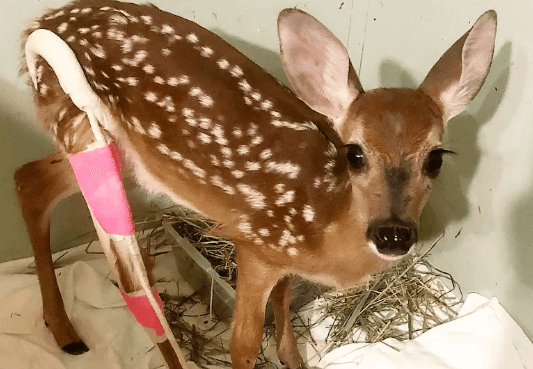
The early life of a fawn is marked by a delicate balance of dependency and instinctual behavior, underscoring the critical role of maternal care in their survival. As they navigate various habitats, from verdant forests to suburban landscapes, their adaptability raises intriguing questions about their behavioral patterns and environmental interactions. Moreover, the ongoing conservation efforts aimed at preserving their ecosystems are essential not only for the fawns themselves but also for the broader ecological implications. What factors are influencing these initiatives, and how might they shape the future of deer populations?
Life Cycle of Baby Deer
The life cycle of a baby deer, or fawn, encompasses critical developmental stages that significantly influence its survival and integration into the ecosystem.
Fawn development is heavily reliant on maternal care, particularly during the first few weeks of life. The mother provides nourishment, protection, and social learning, establishing a foundation that supports the fawn’s physical growth and behavioral adaptation essential for thriving in the wild.
See also: Baby:4ejkik28m7u= Chickens
Habitats and Behavior
Fawns inhabit a variety of ecosystems, ranging from dense forests and grasslands to wetlands and suburban areas, each influencing their behavior and survival strategies.
Their feeding habits are adapted to available vegetation, and they utilize deer communication to convey warnings and social dynamics.
This adaptability allows them to thrive in diverse environments while maintaining essential social structures and foraging efficiency.
Conservation Efforts and Importance
Conservation efforts aimed at protecting deer populations are critical not only for maintaining biodiversity in various ecosystems but also for ensuring the stability of the habitats that support these species and their interactions with the environment.
Effective habitat preservation requires active community involvement, fostering a sense of stewardship.
Engaging local populations can enhance awareness, leading to sustainable practices that benefit both deer and their ecosystems.
Conclusion
In conclusion, the survival of fawns is intricately linked to maternal care and the preservation of diverse habitats.
Remarkably, nearly 80% of fawn mortality occurs within the first year, highlighting the critical importance of maternal protection and environmental stability.
Conservation efforts are essential not only for the health of deer populations but also for maintaining the biodiversity of ecosystems.
By safeguarding these habitats, the resilience of fawn populations can be ensured, promoting a balanced and thriving natural environment.




